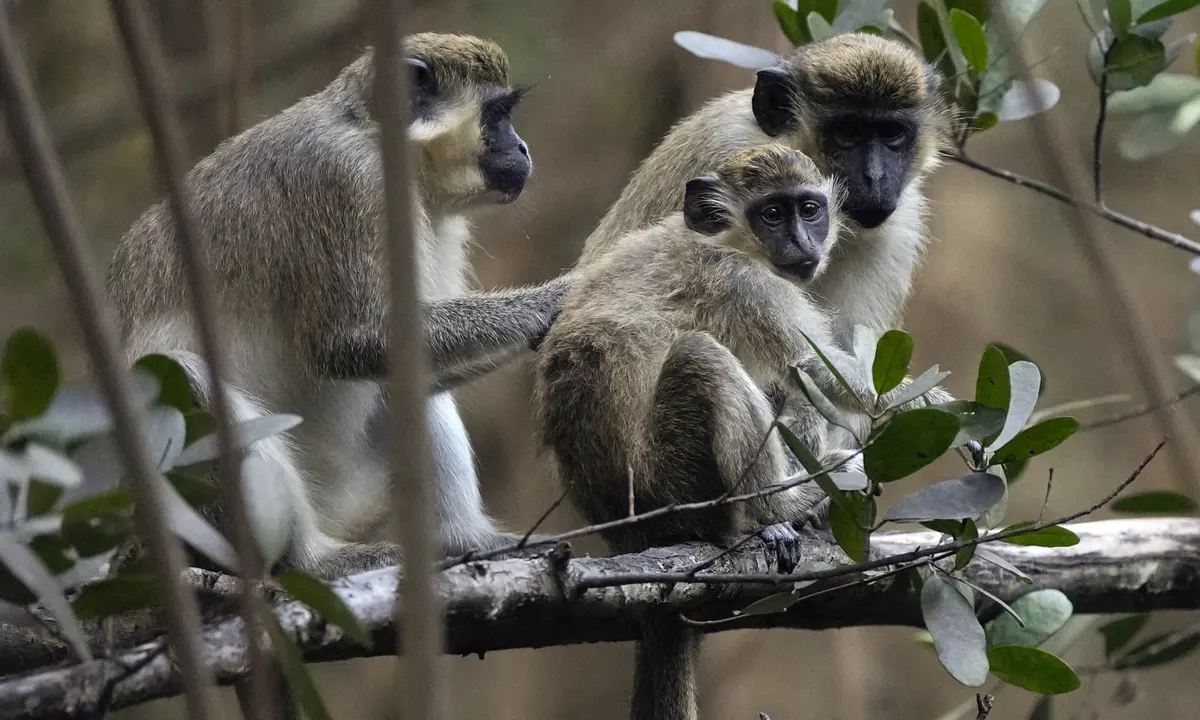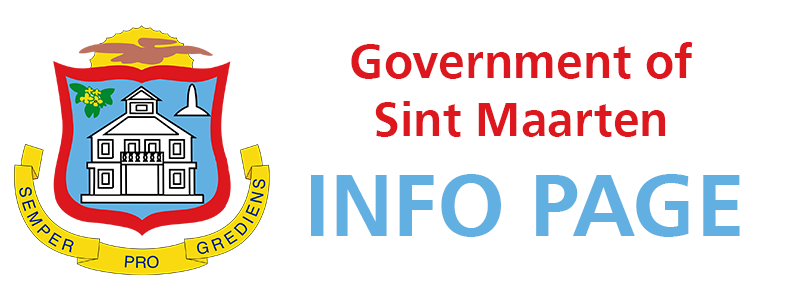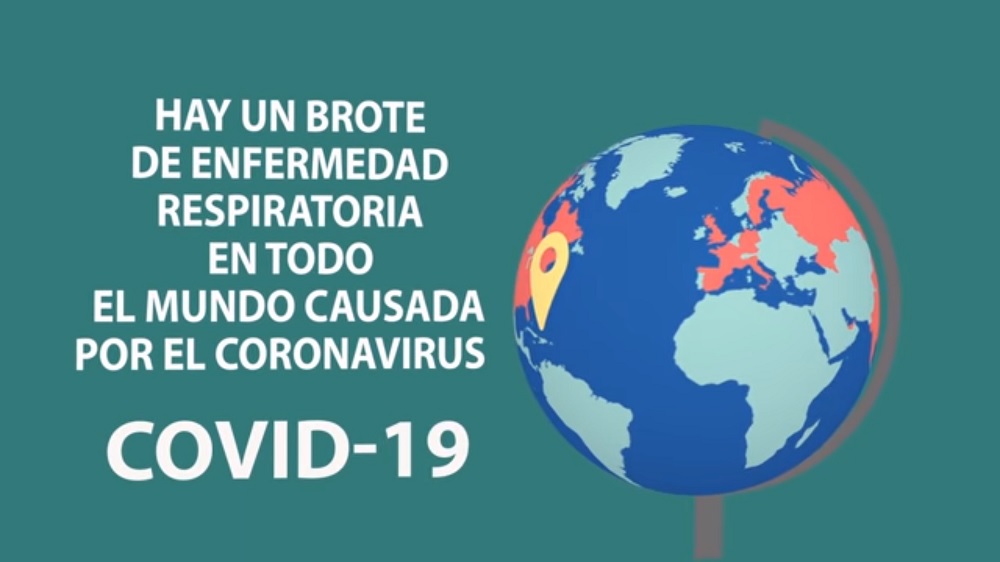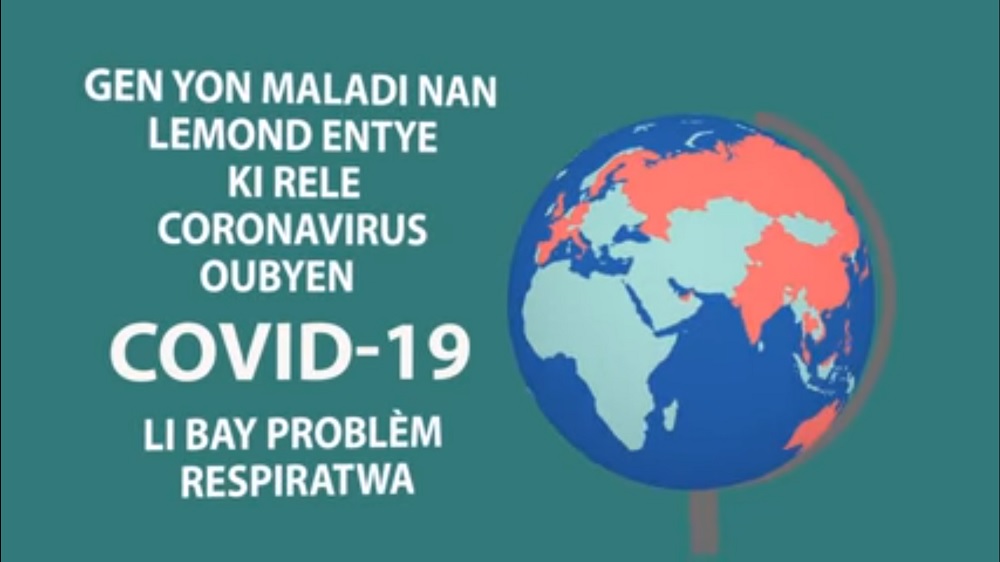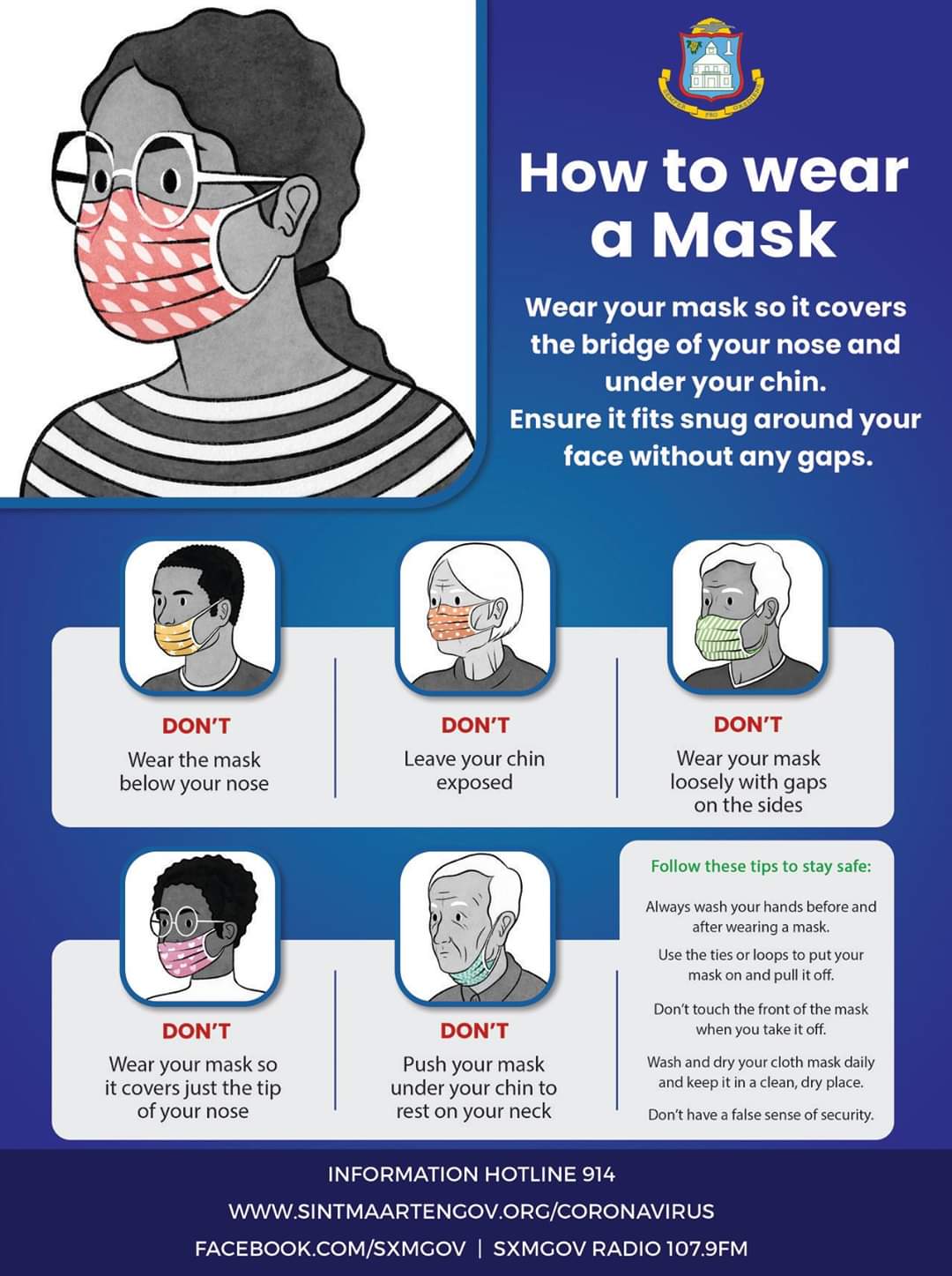Sint Maarten Invasive Species Management
In recent weeks the invasive species project has received attention in Sint Maarten and on an international level. The project involves the management of the green vervet monkey, a species that is not native to the island, and which has established a growing invasive population on the island after intentional or unintentional release into nature.
This project was born from the fact that the government had received large numbers of inquiries from the public in recent years with demands to do something about the monkeys entering communities, residential areas, and schools, individually or in groups, causing public concerns. Funding from the Ministries of VROMI and TEATT was earmarked to address the problem, which was formulated into the invasive species project. The Nature Foundation was tasked with the execution of the project and, as the agency responsible for the health of the island’s environment, recognizes the need for the management of monkeys on the island.
The project has been initiated and spans a period of 3 years. Several methods of management have been proposed by the foundation, some of which are sterilization and culling by euthanasia. The goal of the Invasive Species Project is to manage the population of the green vervet monkey in order to limit the effects on biodiversity and native species and recognizes that complete eradication may not be possible. Complete eradication may not be viable in part due to the terrain and nature of the island, and as such other measures are being explored to deal with the invasive population.
The importance of managing invasive species has been recognized globally through the Sustainable Development Goals (SDGs). Specifically Target 15.8 of the SDGs states that by 2020, countries should “… introduce measures to prevent the introduction and significantly reduce the impact of invasive alien species on land and water ecosystems and control or eradicate the priority species”. The recent historic Kunming-Montreal Global Biodiversity Framework agreed upon at the 15th meeting of the Conference of Parties to the UN Convention on Biological Diversity further supports the management of invasive species, with its article 6 further putting forward the goal to “…eradicate or control invasive alien species especially in priority sites, such as islands”. These global SDGs and the specific mention of invasive species show that programs like this are essential to protecting the health of native ecosystems. Similar projects occur in several countries and islands throughout the world including, Aruba, Bonaire, Saba, the Cayman Islands, and thousands more.
A comprehensive six-month study was executed in 2020 on Sint Maarten which included population counts, impact assessments, community surveys, and budget analysis. During this research, an estimated 450 green monkeys were surveyed on the Dutch side. In 2022 this method was duplicated to execute a new population survey which found that an estimated 2,000 monkeys can now be found in the same areas.
This spike in population can be explained in many ways. As the island does not have an exceedingly dry period, like that of the green monkey’s native habitat, the accessibility to food allows breeding to happen throughout the year. The gestation period of this species is just over 5 months, so females can give birth more frequently when food is prevalent. Additionally, there may be fluctuation in population counts due to troops traveling between the Dutch and French border based on access to food sources.
During both 2020 and 2022, St. Maarten residents were asked to take part in in-person surveys held in several communities throughout the island. This survey found that 93% of residents stated that something must be done to manage the species' population. Similar feedback is received by officials on French St. Martin where research is currently being conducted regarding their own management options.
Action must be taken before the island reaches the same level as neighboring St. Kitts where green monkey population counts reached over 40,000 in 2020. In addition to devastating any attempt at sustainable agriculture efforts, nonhuman primates can carry many diseases without symptoms that can affect humans. Already in certain communities of St. Maarten monkeys have been found to be territorial and aggressive to homeowners and their pets.
The primary goal of the agencies involved with this project is to help the island by protecting biodiversity, facilitating sustainability, and creating a future in which nature thrives for the next generation of St. Maarteners. The reactions of the public which include threatening the lives of those executing the project are misplaced and have unfortunately been manipulated by the press. However, this project was not established lightly or carelessly as has been implied. The Government of Sint Maarten has been approached by several entities above willing to offer assistance with alternative solutions. Meetings will be taking place to explore these initiatives and collaborations to come to a sustainable solution taking all expressed concerns into consideration.


